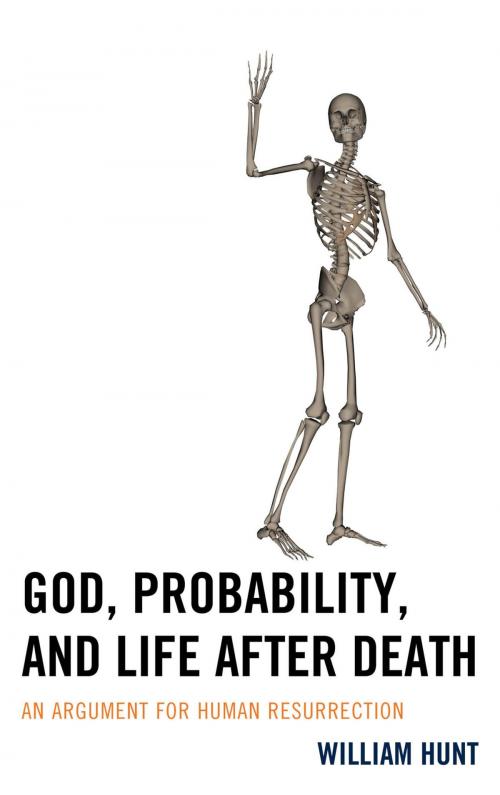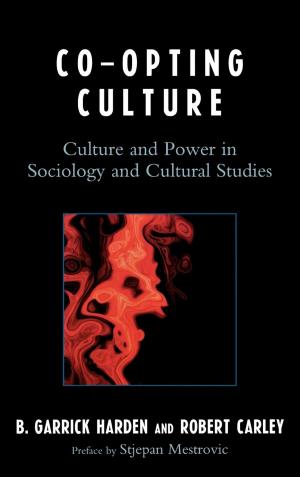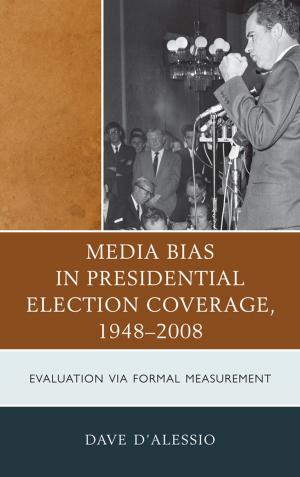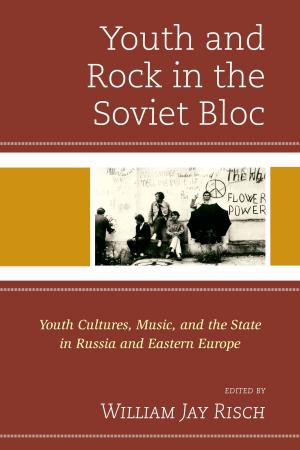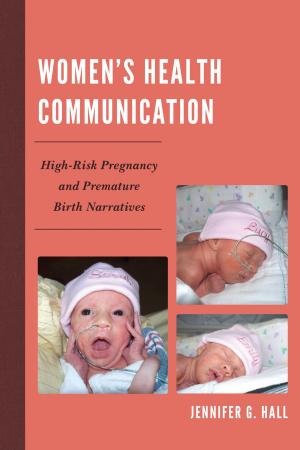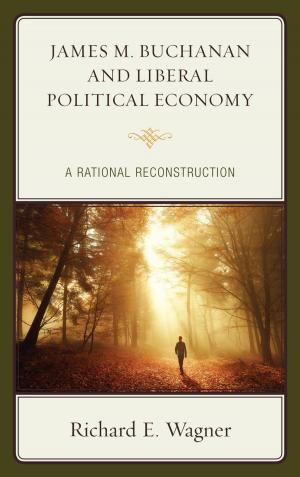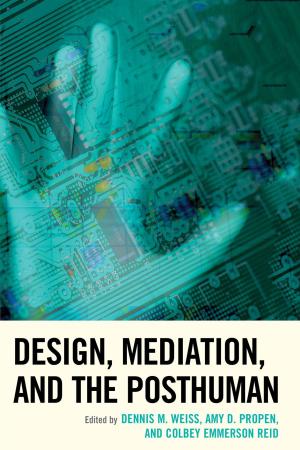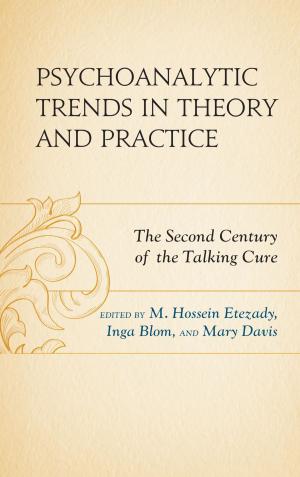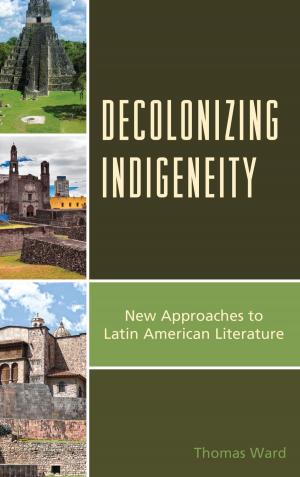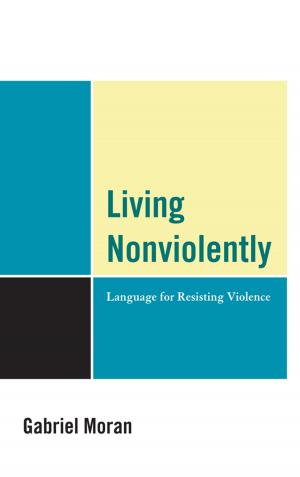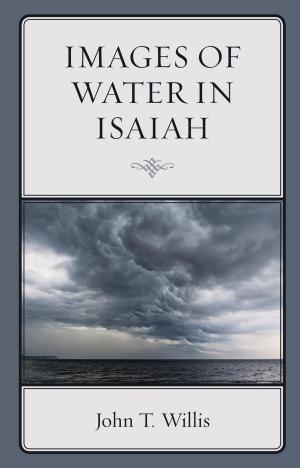God, Probability, and Life after Death
An Argument for Human Resurrection
Nonfiction, Religion & Spirituality, Philosophy, Religious| Author: | William Hunt | ISBN: | 9781498526074 |
| Publisher: | Lexington Books | Publication: | November 22, 2017 |
| Imprint: | Lexington Books | Language: | English |
| Author: | William Hunt |
| ISBN: | 9781498526074 |
| Publisher: | Lexington Books |
| Publication: | November 22, 2017 |
| Imprint: | Lexington Books |
| Language: | English |
God, Probability and Life after Death reveals its objective in its title, namely, to present an exploratory argument concerning the probability of human resurrection. The exploratory argument follows a probabilistic passage along an evidential trail to the discovery of the probability of life after death. It is a trail that the reader can personally engage with in order to reach their own conclusion and even introduce additional evidence they think relevant.
The argument begins with the probability of the existence of God, and once a position is established on this issue, the argument becomes empowered for the next stage, which is to address the evidence for human resurrection, namely, the Resurrection of Jesus, near-death experiences and apparitions.
The probabilistic relationship between the evidence and the resurrection hypothesis is critically examined throughout the book by engaging the potential views of an atheist and agnostic in addition to that of a theist. On this probabilistic journey, other issues relevant to the resurrection argument are introduced, such as personal identity and the possibility of resurrection given the nature of our world. Evidence and argument for a non-supernatural possibility for human resurrection are also considered.
Significantly, the author does not assume the normal spiritual approach to human resurrection, when a disembodied soul leaves the body to continue a spiritual existence in a ghostly realm. Instead, a materialistic approach is taken, whereby the resurrected person survives in bodily form in a physical realm.
The use of probability theory is intended to keep the evidential argument within the bounds of coherent reasoning. It also enables the argument to link one piece of evidence to the next in a probabilistic sequence that eventually leads to the conclusion that human resurrection is not only possible, it is also very likely.
God, Probability and Life after Death reveals its objective in its title, namely, to present an exploratory argument concerning the probability of human resurrection. The exploratory argument follows a probabilistic passage along an evidential trail to the discovery of the probability of life after death. It is a trail that the reader can personally engage with in order to reach their own conclusion and even introduce additional evidence they think relevant.
The argument begins with the probability of the existence of God, and once a position is established on this issue, the argument becomes empowered for the next stage, which is to address the evidence for human resurrection, namely, the Resurrection of Jesus, near-death experiences and apparitions.
The probabilistic relationship between the evidence and the resurrection hypothesis is critically examined throughout the book by engaging the potential views of an atheist and agnostic in addition to that of a theist. On this probabilistic journey, other issues relevant to the resurrection argument are introduced, such as personal identity and the possibility of resurrection given the nature of our world. Evidence and argument for a non-supernatural possibility for human resurrection are also considered.
Significantly, the author does not assume the normal spiritual approach to human resurrection, when a disembodied soul leaves the body to continue a spiritual existence in a ghostly realm. Instead, a materialistic approach is taken, whereby the resurrected person survives in bodily form in a physical realm.
The use of probability theory is intended to keep the evidential argument within the bounds of coherent reasoning. It also enables the argument to link one piece of evidence to the next in a probabilistic sequence that eventually leads to the conclusion that human resurrection is not only possible, it is also very likely.
